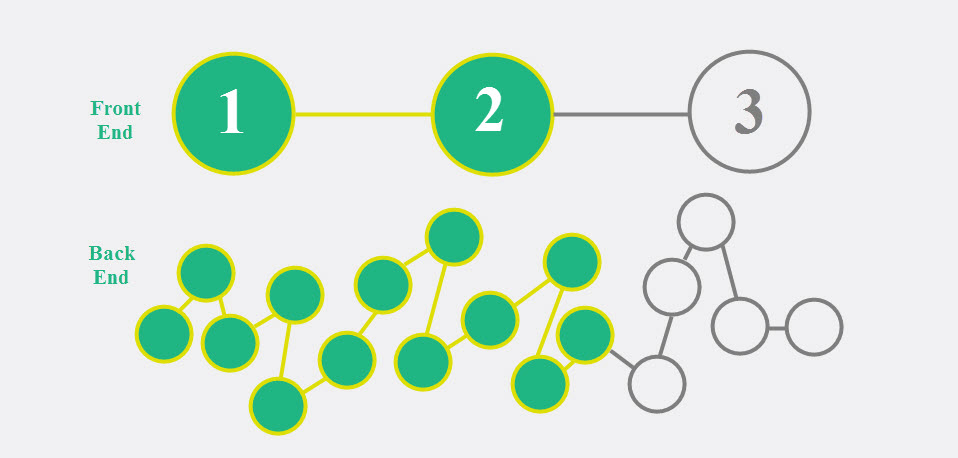Becoming transparent to our customers is a challenge we face when the systems behind what the customer sees are anything but pretty. You want to give customers step by step guidelines of what to expect in a process, but to what level of detail do you go? How do you execute a complex internal process while still being transparent with the information customers need?
Well, the ideal answer is to make the process less complicated. Think of the process in terms of how the customer would see it. If you were to share every step with them, would they say, “That doesn’t make sense…why do you do that? You should do xyz.” Generally, while we may not want to acknowledge it at times, we know what they would say. Once the process is simplified, its easier to communicate and likely cheaper to execute. However, sometimes those simplifications require a large investment that isn’t always feasible in the near term.
That brings me to the less ideal (more realistic) answer which is to work around the internal complexities to deliver only the information that the customer wants and needs. You present your customer with the simplified version of the complex process.The best way to get started is by mapping out the internal actions and determine which of those actions is a “milestone” worthy of sharing with a customer. Some ways to determine the best times for updates:
- ask your customers directly
- look at contact data — how often do they ask you for updates at certain points?
- go through the process yourself and with test users and document when there is confusion
If the process is executed over a longer period of time, make sure you find out from your customers how often they desire to be updated. If you can customize the update intervals based on certain customer segments, great. If not, try to get a general consensus of a timeline so that you update them before they seek the update from you.
Lay out the end-to-end process (the customer facing version, that is) on the first interaction. When customers can clearly anticipate the steps and intervals from the start, they’re less likely to call and ask you what’s next. Your process and communication may not be perfect, but it is important to start somewhere to begin building a culture of transparency with your customers. Customers trust the organizations that give them all the facts and keep them informed.
